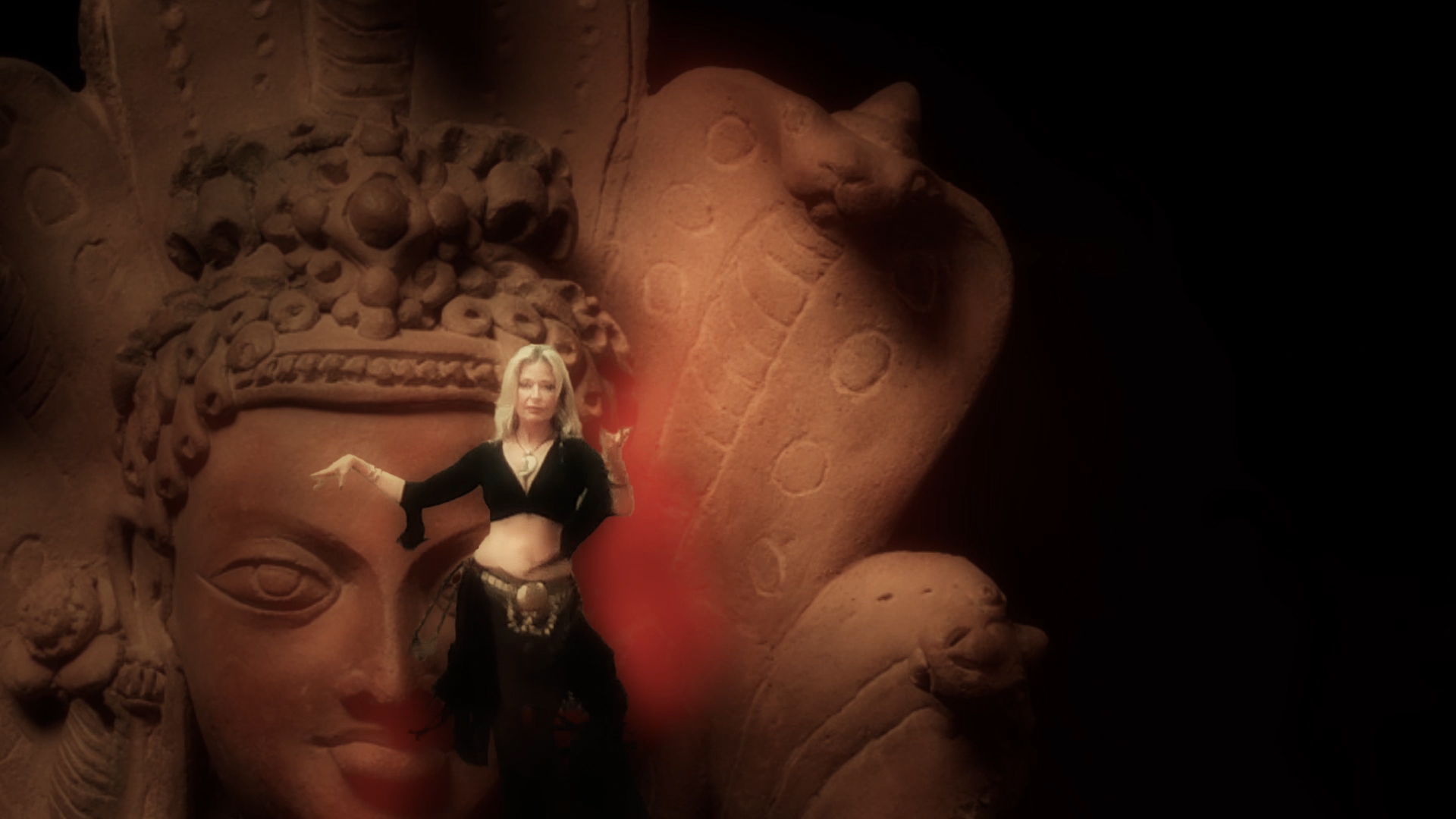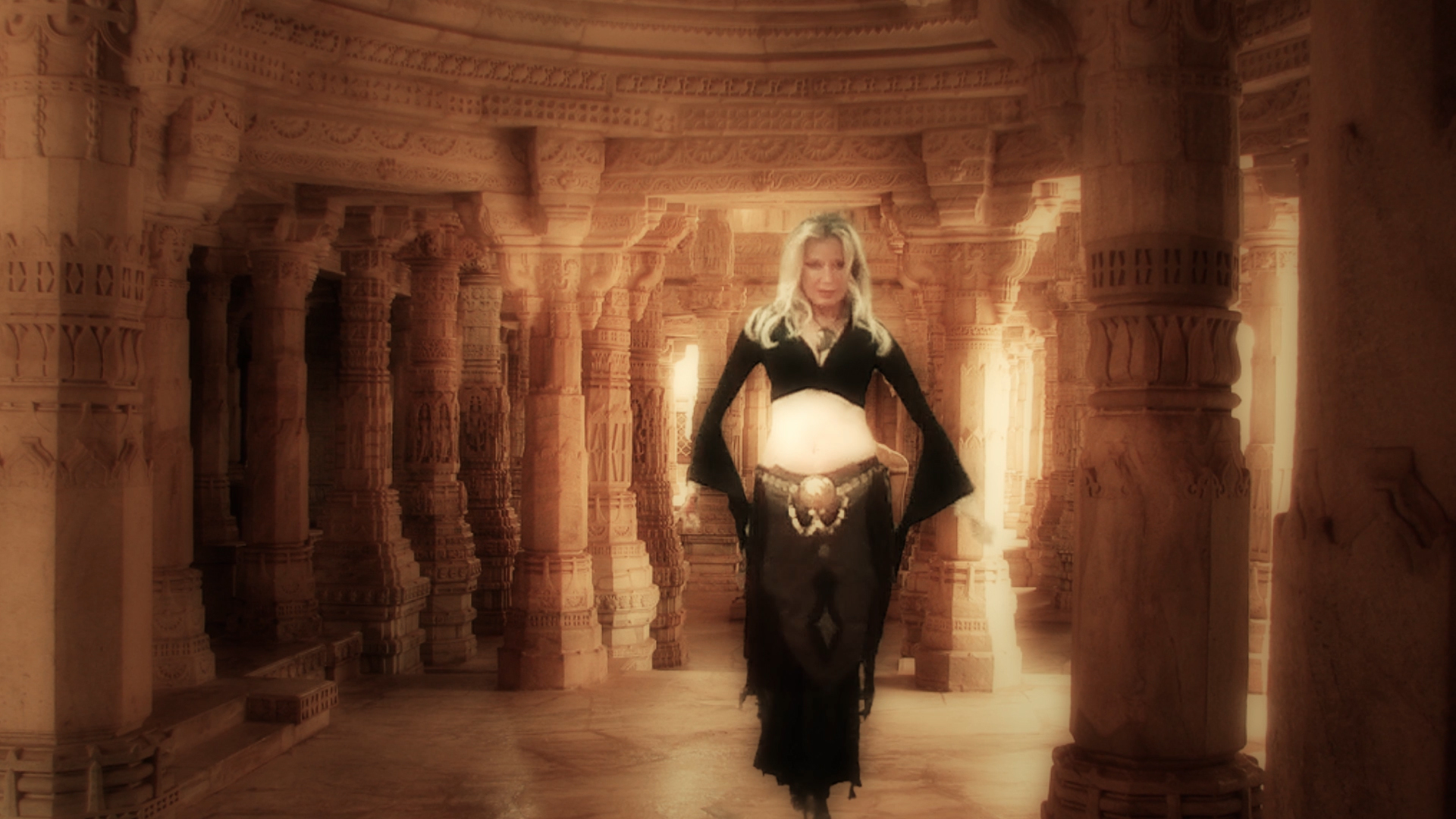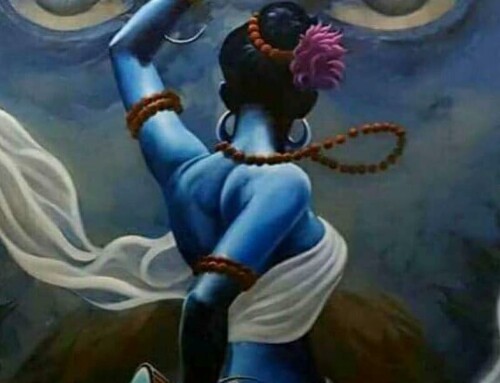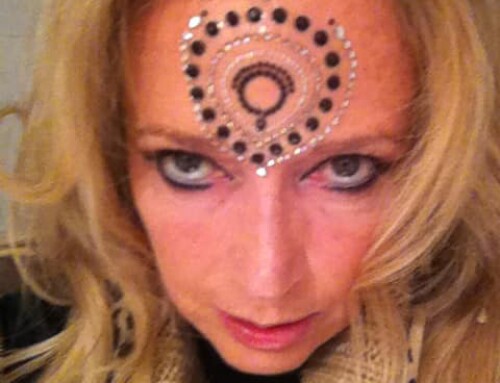Why is this dance “sacred”?
The gestures and movements of Oriental Dance originate from prehistoric matriarchal societies and the temples of ancient civilizations such as the Sumerians, Greeks, Egyptians, and Indians.
At that time a broad range of female deities – e.g. fertility, mother, wisdom and love goddesses – symbolized the many faces of the One Goddess, the Cosmic Mother and the positions that women occupied in these early societies. These include the mother, the creator, the preserver, the seer, the healer, the lover, the initiator…
Since the activities of the priestesses who served in these temples took place in the power-field of the Goddess, they were called “Saints” and they had “Sacred Bodies”. Through dancing they connected themselves with the Goddess – whether she was called Innana, Demeter, Isis or Shakti – and entered into her energy field. Through dancing they reached higher levels of spirituality and consciousness. The energy released in their bodies through these sacred movements was passed on to the temple visitors who were nourished by this divine force.
The mysteries of the first ancestresses.
The temple dance of ancient High Cultures were developed from the shamanic dances of matriarchal cultures of prehistoric times.
In diverse scientific publications matriarchy is described as a type of society in which all social and legal relations are based on the descent of the maternal line. All religious ideas originate from an ancestress or primordial goddess and women play a central role in society and religion. They can develop themselves freely and are highly respected.
Men were hunters whereas women collectors. The women contributed a lot more to survival than men because hunting was uncertain but fruit, tubers, roots and small animals were always available. This created a deep connection with nature which nourished people and kept them alive. They believed in the Great Cosmic Mother, in the wholeness of the Female and oneness with nature and in women’s ability to be power-transmitters and initiators.

In these cultures dance was the most elementary spiritual expression. At night the women came together – in the absence of men – to celebrate the Female Mysteries .
Their whole being vibrated by worshipping the Great Mother, the Primordial Goddess. Through dancing the women brought themselves into harmony with the Cosmos, surrendering to life and to the divine. They used their bodies to achieve a higher spiritual state in which they could completely open their hearts to unconditional love.
The Bayaderes – Indian Temple Dancers.
Long after South Indian temple dancers, the Bayaderes, came to Egypt (approx. 1500 BC) where they transformed the strong, stiff movements of the court dance into soft flowing movements, women on the north coast of Africa, in the southern and eastern Mediterranean and in the deserts of the Middle East created a dance of great skillfulness, in which the power of the pelvis was the foundation. The original movements of the sacred archaic dances were preserved. Even in today’s oriental dance you can feel archaic remnants of female power, spirituality and sensuality. However, it’s sacred and spiritual character was lost, especially in the West, where it developed into a dance solely for entertainment purposes.
In contrast, eastern dances never dissolved their connection to sacred rituals, where body and mind were joined together in union. The erotic-sexual aspect in eastern dances always refers to a sublime sacred love – human love, as a symbol of love for the divine…












